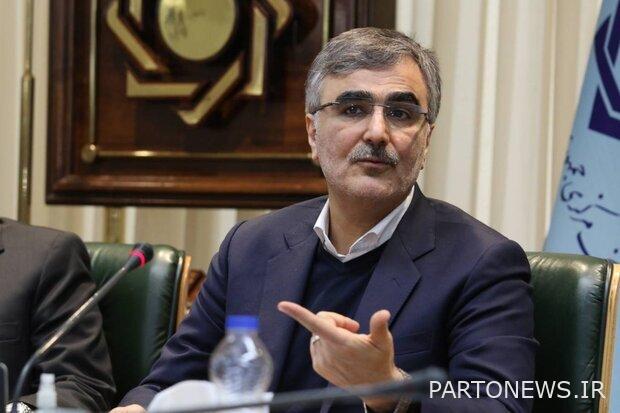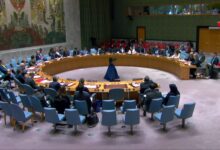Another financial and credit institution will be liquidated soon

Mohammad Reza Farzin – Governor General of the Central Bank – said at the Iran Economy Conference on Structural Reform and Resolving Dissatisfaction: Last year, we faced an excessive jump in the exchange rate, and although the Central Bank had a policy of controlling liquidity growth from the beginning of the year, the increase The exchange rate could lead to the growth of liquidity.
He added: “In the world, the price of energy carriers also decreased.”
The Governor of the Central Bank stated: The liquidity growth rate reached 26.2% in November, which will reach 25% by the end of the year.
Stating that we are trying to bring the liquidity growth rate variable below 30% and the monetary base to the long-term average, Farzin said: When we talk about imbalance, one is the imbalance of the cash flow and the other is the imbalance of the banks’ balance sheets.
He emphasized: What we are seeing today is more liquidity imbalance. If this is not treated, it will turn into an imbalance caused by assets and liabilities, which will lead to bankruptcy. In Iran, this discrepancy has not been resolved due to inflation in the past years.
He considered one of the roots of discontent to be the tasks created by the Parliament and the governments and said: Another reason is supervisory weaknesses. In the 60s, the main reason for the growth of the monetary base was the increase in the government’s debt to the central bank, because the government could easily borrow from the central bank. This process continued in the 70s. In the 80s, the parliament approved that if the government cannot borrow directly from the central bank. On the other hand, they allowed the formation of unauthorized institutions that were not under the supervision of the central bank.
The head of the Central Bank stated: At the same time, due to the government’s reliance on oil revenue, there was no need for the government to reach into the banks’ pockets. But in the 1990s, when the sanctions increased, the government tried to go to the banks, but because it was forbidden to borrow from the central bank, it went to the banks, which is part of the dissatisfaction of the banks caused by the government’s imposition.
Farzin added: The central bank could not supervise according to the new conditions. Now we have to provide a solution based on the plans we have.
According to him, we at the central bank have two strategies for reorganizing banks or liquidating them. At present, we have revised programs for 8 banks. We have imposed restrictions including payment to beneficiary or dividend restriction and we are looking to reduce the liquidity imbalance.
The head of the Central Bank said: If the banks cannot make the necessary reforms, we should go to Article 39 or the liquidation of the banks. It is not possible for a bank to be out of balance for 5 to 6 years and it should be thought about.
Farzin announced: The liquidation of Noor and Development Institute was done, and another institution will be liquidated soon. Noor was not a small institution, it had 250 branches, and it is two or three times as many as our banks, and it faces 50 thousand billion tomans of corruption in the past years. became.
He stated that whoever wants to do banking in the country must bring capital and added: the issue of capital increase is important. These issues should be seen in the law of the 7th development plan.

